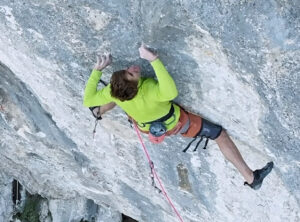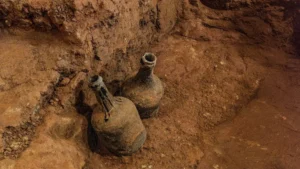If you’re tired of scientists stoking fear about deadly viruses, this story might not be for you.
With a new study published on bioRxiv in November, a group of European researchers have sounded the alarm about “zombie viruses” emerging from melting permafrost in Siberia.
The scientists wrote that they have found and revived 13 such viruses from seven samples taken from Russia’s remote tundra.
They call them zombie viruses because these ancient organisms can lay dormant for thousands of years while remaining infectious. One of the team’s uncovered viruses, for example, had been frozen underwater for 50,000 years.
As climate change increasingly melts more of the world’s permafrost, these scientists see potential problems ahead. (Note that this paper has not yet been peer-reviewed.)
“Due to climate warming, irreversibly thawing permafrost is releasing organic matter frozen for up to a million years,” the paper said.
As a result, the viruses unleashed by climate change represent a potential “public health threat”, according to researchers.

Another image of zombie viruses uncovered by researchers from melting Siberian permafrost. Image: Research paper
Climate change and ancient viruses
In the paper, these scientists ponder the risks of ancient viruses on modern populations as more permafrost melts.
So why on Earth would they revive them, you ask? Good question, and one these researchers felt prepared to answer.
Apparently, these scientists believe that “paleoviruses”, or viruses uncovered by probing the bodies of frozen animals, like woolly mammoths, is much more dangerous.
Compared to that, the dangers of their own research is “totally negligible”, the researchers wrote.
“Without the need of embarking on such a risky project, we believe our results with Acanthamoeba-infecting viruses can be extrapolated to many other DNA viruses capable of infecting humans or animals,” they noted.
One-quarter of the Northern Hemisphere includes permanently frozen ground, or permafrost. Climate change will continue to melt that ground, likely resulting in much older viruses in the future.
“How long these viruses could remain infectious once exposed to outdoor conditions (UV light, oxygen, heat), and how likely they will be to encounter and infect a suitable host in the interval, is yet impossible to estimate,” they said.






